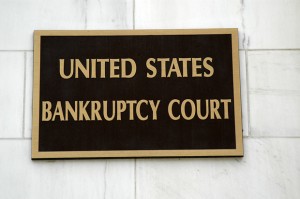 When a debtor files Chapter 13 bankruptcy they submit a plan to reorganize their debts to the bankruptcy court. These plans basically state how the debtor intends to pay his creditors. These plans last thirty-six to sixty months and require that the debtor pay a trustee a plan payment each month.
When a debtor files Chapter 13 bankruptcy they submit a plan to reorganize their debts to the bankruptcy court. These plans basically state how the debtor intends to pay his creditors. These plans last thirty-six to sixty months and require that the debtor pay a trustee a plan payment each month.
It is not enough to file a plan. The plan must be feasible. Feasibility is the ability to make the plan payments. Basically, the debtor must prove to the court that he can actually make the payments as proposed in the plan. Feasibility is proved by filing a Schedule I and a Schedule J. Schedule I lists the debtor’s gross income and deductions, such as income tax, social security, Medicare payments, and deductions for insurance. On Schedule J the debtor lists his budget. The budget shows what they spend their money on each month.
Schedule J can be difficult to fill out because some expenses are not paid monthly. For example, there is a line on the Schedule J for transportation. This line can include gasoline, oil changes and other vehicle maintenance, etc. However, some expenses, like replacing tires, don’t happen regularly. Debtors should consider what they pay each year for vehicle maintenance and divide that amount by twelve months, in order to calculate an accurate budget.
Once the Schedule I and Schedule J are completed, the budget total is subtracted from the net income on Schedule I in order to determine whether there is enough money to pay the plan payment each month. If the sum is greater than the plan payment amount then the plan is feasible. If the sum is lower than the plan payment amount then the plan is infeasible and the trustee will most likely object to confirmation of the plan.
For more information about filing Chapter 13 bankruptcy in north Texas, contact a McKinney TX bankruptcy lawyer.